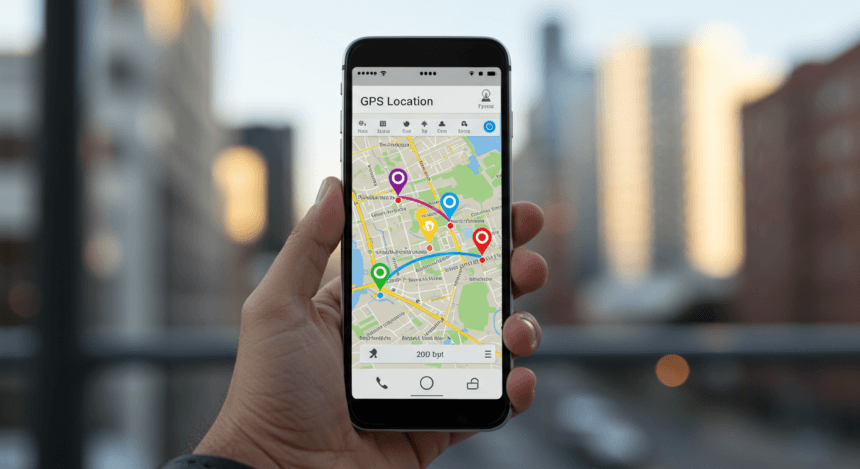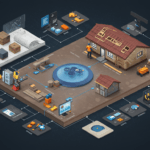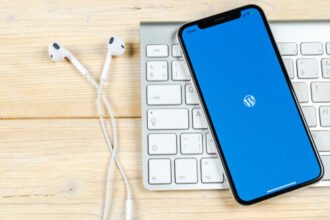Data analysis is transforming the way people and businesses discover critical geographic locations, like specific zip codes for marketing, logistics, and planning. Every Internet user now generates about 1.7 megabytes of data per second, giving the company massive amounts of data to utilize for making more informed decisions. By studying customer behavior, purchasing habits, and demographics, businesses are able to determine high-demand zip codes for their products or services and thus targeted, less costly methods. It not only is more cost-effective but more profitable because it focuses resources where they will be most effective. There are a lot of data analytics platforms where it can be helpful.
Beyond commercial application, data analysis is transforming nearly everything in our existence. The volume of the world’s data has reached 149 zettabytes as of 2024, an astounding figure that reflects just how much information digital surrounds our lives. Zip code-based analysis is used by governments, health institutions, and urban planners to allocate resources, shorten emergency response times, and increase public health programs. From disease outbreak forecasting to optimizing delivery routes, the ability to handle enormous sets of data makes it possible for companies to operate with unprecedented precision and effectiveness.
Greater use also means business success in outright market size. The global Big Data as a Service market is expected to grow to $61.8 billion in 2024 at a compound annual growth rate of 33.1% over the next few years. That rapid growth reflects the increasing demand for data platforms and tools that allow businesses and organizations to leverage data to inform decisions. Whether real estate investors trying to find profitable zip codes, retailers looking to streamline supply chains, or political campaigns trying to target key voter segments, the use of data analytics to find zip codes is revolutionizing the nature of planning and strategy.
We’ve all been there – filling out an online form or addressing a letter, only to draw a blank regarding our zip code. So, you see why you need to know these codes? Well, you’re about to find five easy ways to track down that elusive string of numbers.
5 Simple Methods to Get Your Zipcodes
Your zip code is more than just a random string of numbers. It’s a key that unlocks efficient mail delivery and helps emergency services find you faster. It even plays a role in determining things like your insurance rates. So the next time someone asks for your zip code, you can confidently rattle it off. Here are some easy ways to help you get these useful codes:
Use Online Search Tools
There are tons of websites out there that can help you find your zip code. Just type in your address, and they’ll give you those numbers. One good example is Geopostcodes, which uses advanced technology to help you pinpoint your location. It’s a system that uses geographic coordinates to assign unique codes to locations. Hence, it is the best and easiest way to be sure you’re getting the right codes.
Check Your Mail
Remember those things called letters? Well, they still exist. So, take a piece of mail addressed to you, and you will see your zip code there. It should be right there on the envelope. This method is foolproof, assuming you haven’t gone full digital nomad and still receive physical mail. If that’s you, you must find another way to get those zip codes.
Ask Your Neighbor (or Anyone Nearby)
Sometimes, the simplest solution is right next door. Stop at your neighbor’s place and ask them for the zip code. Just don’t be surprised if they give you a funny look. Not everyone memorizes their zip code these days. So, there’s no assurance they will be able to help you. Also, you can’t be sure they have the correct codes.
Call Your Local Post Office
Why not give your local post office a ring? They’re the zip code experts, after all. Just be prepared for a potential wait time – apparently, a lot of people still need help finding their zip codes. You might not find it easy to get in touch with them. However, you will certainly get the correct zip code from your local or regional post office.
Use Your Smartphone’s GPS
Last but not least, let your smartphone do the heavy lifting. Most map apps can tell your zip code based on your location. We talked about the benefits of geolocation tools before.
Just make sure you’re actually at home when you check, or you might end up with the zip code for your favorite coffee shop on geopostcodes.com instead.
Final Thoughts
So, there you have it, five ways to track down your zip code, from old-school to high-tech. Whether you prefer rifling through your junk mail or letting your smartphone do the work, now you know how to get your zip codes.









